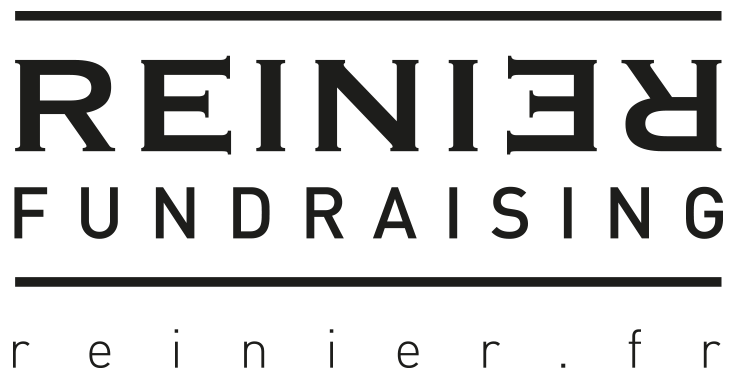Legacy income in The Netherlands 2003-2012
Thobani, South Africa, Aidsfonds
Today I'll zoom in on legacy income. First we'll look at the available figures from the CBF from the last 10 years.
To give you an idea of the growth trend of the market I've selected 121 organisations that reported their legacy income both in 2003 and 2012.
This group reported a legacy income in 2003 of nearly EUR 178 million. The same group reported a legacy income in 2012 of almost EUR 235 million. Almost the same as the year before. (see blue line below)
This looks like spectacular growth, but taken inflation into account the curve flattens a bit (see red line). However, there is still massive growth in the last 10 years (see black dotted line).
This was just to get you warmed up. The point I want to make is how much income organisations receive and/or raise from legacies.
Below table gives you an overview of the 44 non-profits with more than EUR 1 million income from legacies in 2012. For these organisations in both 2011 and 2012 the average share of legacy income was 25%!
Below table shows you the 35 organisations that raise more than EUR 10 million in fundraising. This group of biggest fundraisers in The Netherlands raised an average of 21% of their income from legacies.
BUT, there are also three risks with legacy income:
• One, is that you will become over-reliant on a somewhat capricious income source. Fluctuations in income are not uncommon.
• Two, is that great legacy income can hide the stagnation of your non-legacy income. So always split them to see the development of both sources of income. Non-legacy income can be influenced much more than legacy income in the short term. So it’s helpful to separately monitor the effect of your efforts.
• Three, if you don’t start focusing on your legacy income soon, you potentially risk missing out on lots of income in the future.
Questions, comments? Let me know.




